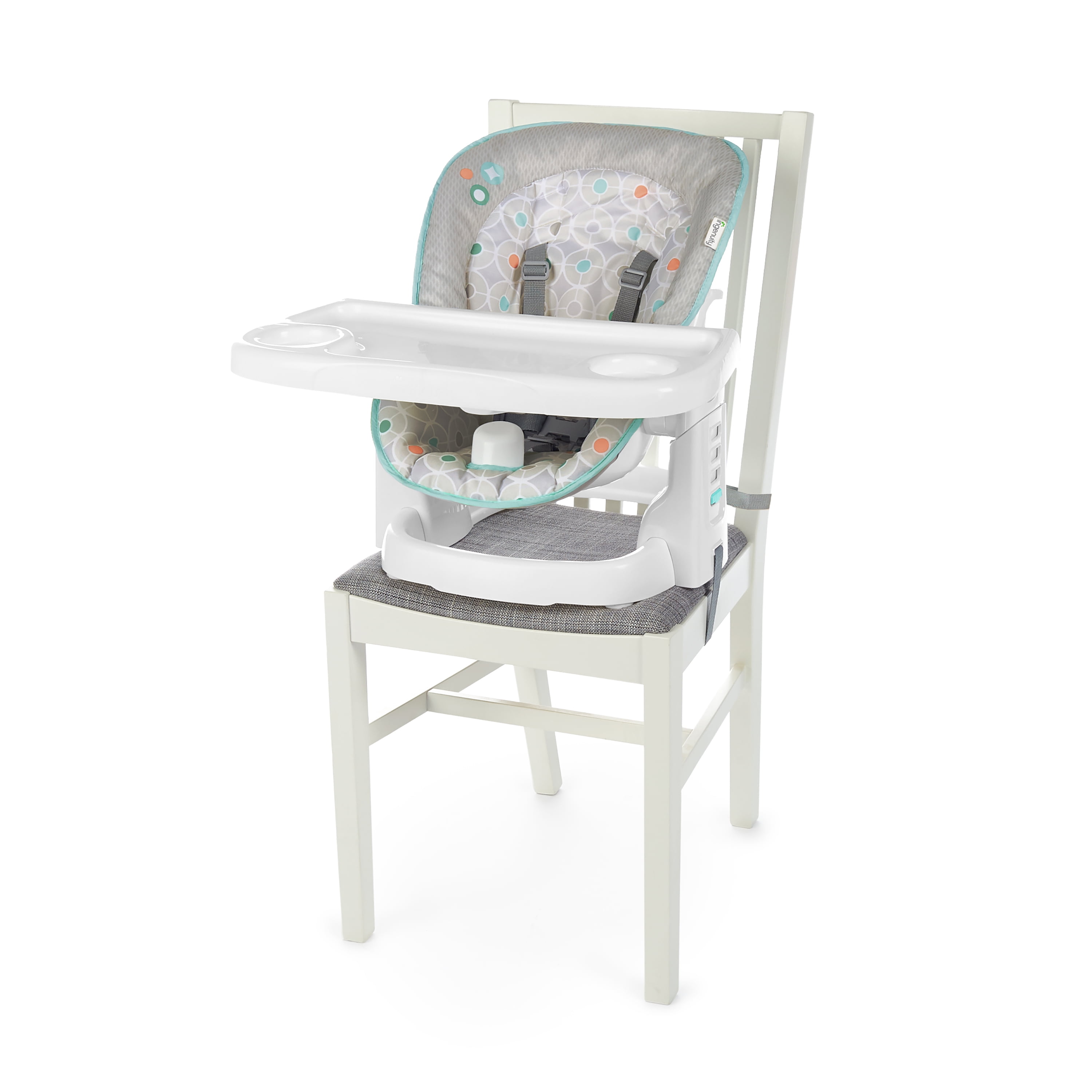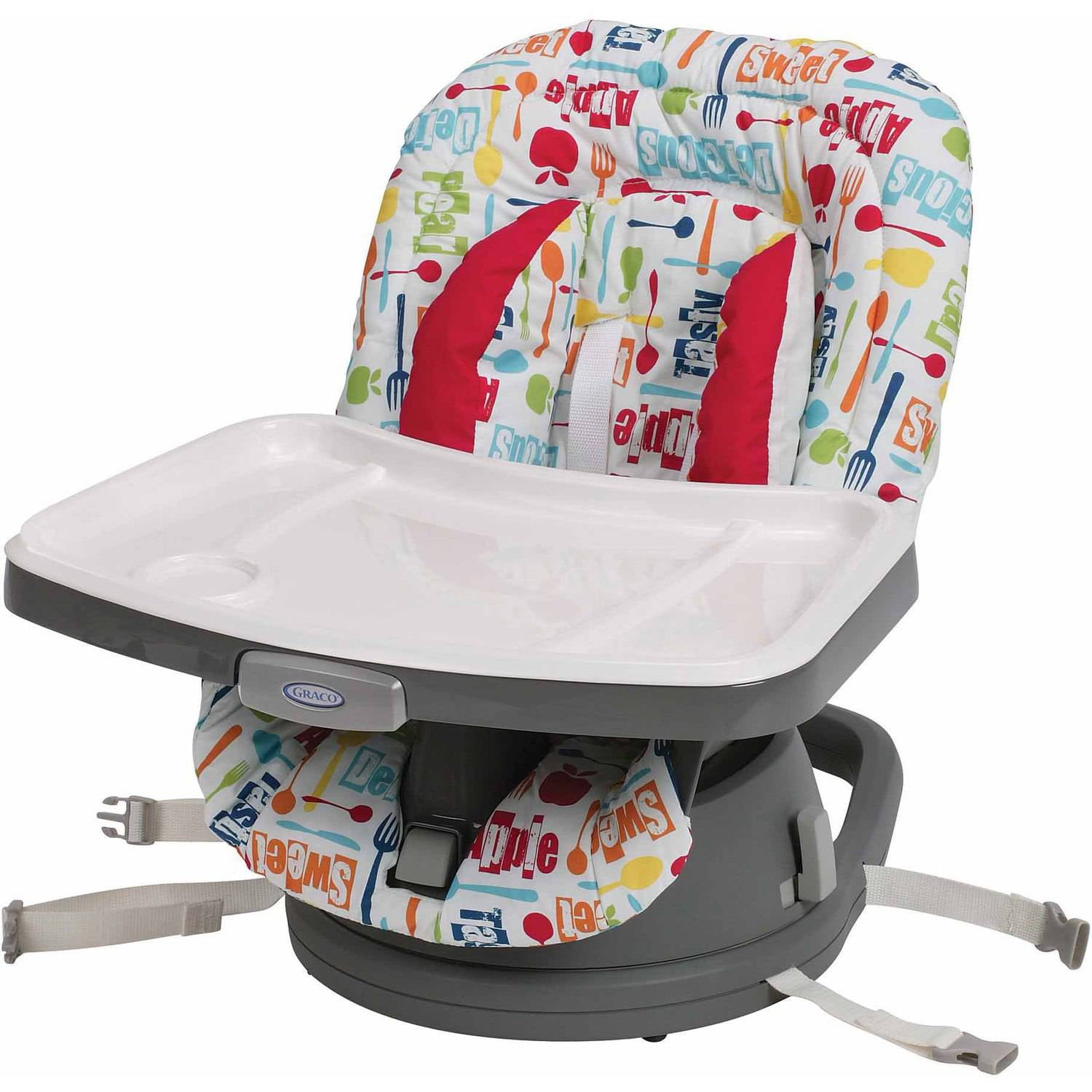Types of Booster Seats for Dining Chairs

Booster seat for dining chair – Choosing the right booster seat for your child can be a daunting task with so many options available. From simple and portable to feature-rich and adjustable, each type offers unique benefits and considerations. This guide will delve into the different types of booster seats, highlighting their materials, designs, and features to help you make an informed decision.
A booster seat for a dining chair can be a lifesaver for parents with little ones who want to join in on mealtime fun. But just like the powerful black magician of chaos max card in the Yu-Gi-Oh! trading card game, booster seats can also be a source of chaos if not chosen carefully.
Consider factors like stability, adjustability, and ease of cleaning to find the perfect booster seat for your family.
Types of Booster Seats
Booster seats are designed to elevate children to a safe and comfortable height at the dining table. They come in various designs, materials, and features to suit different ages, preferences, and dining chair styles. Here’s a breakdown of the common types of booster seats:
| Type | Material | Features | Age Recommendation | Pros & Cons |
|---|---|---|---|---|
| Traditional Booster Seat | Plastic, wood, metal | Elevated seat with a tray, some models have adjustable height or straps | 6 months to 3 years |
|
| High Chair Booster | Plastic, metal | Converts a standard high chair into a booster seat, usually with a tray and adjustable straps | 6 months to 3 years |
|
| Backrest Booster | Plastic, metal, fabric | Provides back support and a seat with straps to secure the child to the chair | 18 months to 5 years |
|
| Travel Booster | Lightweight plastic or fabric | Foldable and portable, often with straps to secure to a chair | 6 months to 5 years |
|
| Stool Booster | Wood, metal, plastic | A simple stool that elevates the child’s height | 2 years and up |
|
Safety Considerations for Booster Seats: Booster Seat For Dining Chair

A booster seat is an essential safety device for children who have outgrown their car seats but are still too small to sit safely in a regular car seat. Booster seats elevate a child to the proper height for the car’s seatbelt to fit correctly across the chest and hips. However, it’s important to choose and use a booster seat correctly to ensure the safety of your child.
Key Safety Features to Look For, Booster seat for dining chair
Selecting a booster seat with crucial safety features is vital for your child’s protection.
- Sturdy Base: A stable base prevents the booster seat from tipping over during sudden stops or turns. Look for a wide base with non-slip feet.
- Secure Harness: A five-point harness provides the most secure fit and helps to keep the child in place during a crash. Make sure the harness is adjustable and fits snugly. The harness should fit snugly and comfortably. Avoid loose straps, as they can compromise safety in case of an accident.
- Appropriate Height: The booster seat should be the right height to ensure that the seatbelt fits correctly across the child’s chest and hips. The seatbelt should not rest on the child’s neck or stomach. The booster seat should position the child so that the top of their ears are below the top of the car’s seatback. This ensures that the child’s head is properly supported in case of a sudden stop or crash.
Proper Installation and Use
Installing and using a booster seat correctly is as crucial as choosing the right one.
- Read the Manufacturer’s Instructions: Each booster seat comes with specific instructions on how to install it properly. Make sure you read and understand these instructions before installing the seat.
- Adjust Straps: The straps should be adjusted so that they fit snugly but comfortably. They should not be so tight that they are uncomfortable, nor should they be so loose that they could come undone in a crash. The straps should be adjusted so that the child can move around freely but cannot slip out of the seat.
- Ensure a Snug Fit: The child should sit upright in the booster seat with their back against the back of the seat. The seatbelt should fit across the child’s chest and hips, not their neck or stomach.
Preventing Accidents
While booster seats are designed to protect children in the event of an accident, it is crucial to prevent accidents from happening in the first place.
- Adult Supervision: Never leave a child unattended in a booster seat, even for a short time. Children are curious and can easily get into trouble.
- Avoid Distractions: When driving with a child in a booster seat, it is important to avoid distractions such as cell phones, food, or other passengers.
- Regular Inspections: Inspect the booster seat regularly for any signs of wear and tear. If you find any damage, replace the seat immediately.
Choosing the Right Booster Seat

Navigating the world of booster seats can feel like entering a jungle of options. From simple, compact models to sophisticated, feature-rich designs, the choice can be overwhelming. However, with a little guidance, you can find the perfect booster seat to ensure your child’s safety and comfort at the dinner table.
Factors to Consider
When selecting a booster seat, several key factors come into play. These factors ensure the chosen booster seat meets your child’s needs and provides a safe and comfortable dining experience.
- Child’s Age, Weight, and Height: Each booster seat is designed for specific age, weight, and height ranges. Consulting the manufacturer’s guidelines is crucial to ensure the seat is appropriate for your child’s developmental stage and physical characteristics.
- Dining Chair Design and Stability: The stability of the dining chair is equally important. Booster seats can add weight to the chair, potentially making it unstable. Consider the chair’s design and its ability to support the additional weight, especially if the chair has a narrow base or delicate legs.
- Booster Seat Design and Features: Booster seats come in various designs, each with its own set of features. Some offer adjustable height and harness systems, while others have built-in trays or cup holders. Consider the features that best suit your child’s needs and your dining routine.
- Comfort and Ease of Use: Ultimately, the booster seat should be comfortable for your child and easy to use. Look for features like padded seats and adjustable straps that ensure a secure and comfortable fit. A booster seat that is difficult to adjust or buckle can lead to frustration and make mealtimes less enjoyable.
Decision Tree for Choosing the Right Booster Seat
Imagine a tree with branches leading to different options. At the base of the tree, you find your child’s age, weight, and height. As you move up the tree, you encounter questions about the dining chair’s design and the features you prioritize in a booster seat. Finally, you reach the leaves of the tree, representing the various booster seat options that best match your child’s needs and your preferences.
Here’s a simplified illustration of this decision tree:
| Question | Answer | Next Step |
|---|---|---|
| What is your child’s age, weight, and height? | Match the child’s measurements to the appropriate booster seat category. | |
| What is the design of your dining chair? | Choose a booster seat compatible with the chair’s design and stability. | |
| What features are important to you? | Select a booster seat with the features that best suit your needs and preferences. |
This decision tree helps you navigate the process systematically, ensuring you consider all the essential factors before making a choice.
Additional Considerations
- Safety Certifications: Look for booster seats that meet safety standards and certifications, such as those from the Juvenile Products Manufacturers Association (JPMA). These certifications ensure the seat has been tested and meets specific safety requirements.
- Ease of Cleaning: Booster seats are prone to spills and crumbs. Choose a seat with a removable and washable cover for easy cleaning. Some booster seats have dishwasher-safe trays, further simplifying the cleaning process.
- Portability: Consider how often you’ll need to transport the booster seat. Some models are compact and foldable, making them easy to carry or store.
Booster seats for dining chairs are a great way to help your little ones participate in mealtime at the table. If you’re looking for a more permanent solution, consider investing in a high chair like the ikea black wooden high chair.
While a high chair offers more stability, a booster seat can be easily moved from room to room, making it ideal for families on the go.
